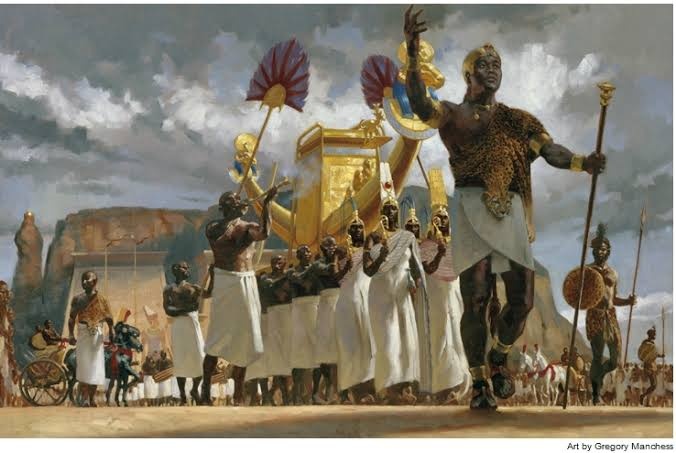Originally answered to Are Nubians nilotes?
“Nubian" today refers to a diverse set of tribes who still speak or have historically been known to have spoken Nubian, an eastern Sudanic language. The ancestors of the Nubians came into the Nile valley from the Western areas of Sudan at about 4th century AD.
“Nilote” is a term sometimes used to refer to speakers of Nilotic languages. Nilotic languages are also, like the Nubian language, a branch of Eastern Sudanic languages.
The speakers of Nilotic languages mostly spread to the South and East of the middle Nile valley area they were native to. Eastern Nilotic speakers, which include peoples like the Pokot, Nandi, Samburu and Maasai, are to be found in countries like Kenya and Tanzania. In contrast, Western Nilotic speakers, like the Dinka Nuer, Acholi etc… are native to South Sudan and Uganda.
So, Nilotes are not Nubians, and Nubians are not Nilotes. However both can be considered as people part of the broader Sudanic cluster.
If you are asking about ancient Nubia, the answer gets a bit different with a similar conclusion.
In ancient history, Nubia is not considered as a name of an ethnic group, but a region that stretches from the first cataract of the Nile, near what is today Aswan, Egypt to the sixth cataract deep inside North Sudan.
The people of Nubia were ancient and diverse, and spoke a variety of different languages at various points in time. Let's see how below:
The first historical polity in Nubia was Kerma, which arose near the third cataract during the Middle Kingdom period of Kemitic history. It is now widely believed that Kerma was founded by Sudanic speakers who arrived from the western and southern Sudanese regions. Additionally, the language that these Kushites spoke is considered ancestral to the Meriotic language; the first language in East Africa to adopt its own script.
However, not all of Nubia was considered Sudanic-speaking. Before the arrival of Sudanic speakers in the Middle Nile, the ancient cultures of Nubia, namely the A and C group cultures, are hypothesised to be speakers of Cushitic languages.
During the Middle Kingdom period, it is generally believed that Cushitic was restricted to Lower Nubia. According to Julien Cooper, the boundary between Eastern Sudanic speaking Nubia and Cushitic speaking Nubia may have been near a place that is today called Batn-el-Hajar. Refer to the map below:

Eventually, Kerma would fall and the Nubian region would be subject to Kemitic colonization. During this time, it is believed that the elites of Nubia had adopted Kemitic while the commoners of Nubia spoke a variety of other languages.
That is why when the leaders of 25th dynasty of Kemet arose from Napata, they continued to upheld the old Kemitic tradition rather than usurp/replace it by their own Nubian civilization. By that time it was the region of Upper Kemet and Nubia, and cities such as Waset (Thebes) which were considered as the strongholds of Kemitic culture and religion. Many Kemites had fled towards Nubia whenever the civilization was attacked by external forces like the Assyrians and Persians.
Regardless, the final great Kushite civilization before the emergence of the first “Nubian” ethnic group in Nubia at about 4th century AD was the kingdom of Meroe. The kingdom of Meroe was characterized with increasing detachment from Kemitic culture and and cultural/technological innovation. Some of the remarkable achievements of the Kushites during the Meriotic stage of their civilization include the development of iron working and the invention of the twin Meriotic scripts, which were derived from a demotic form of Hieroglyphics used in Nubia in the past.
The Kushites of Meroe spoke Meriotic, which, as highlighted above, was most likely a Sudanic language.
Which means, Nilotic has never been spoken in ancient Nubia as well, isn't it? However, the presence of Sudanic languages in ancient Nubia since time immemorial is uncontensted, and, upon closer study, the origins of modern Cushitic and Sudanic speakers appear to be very interlinked.

